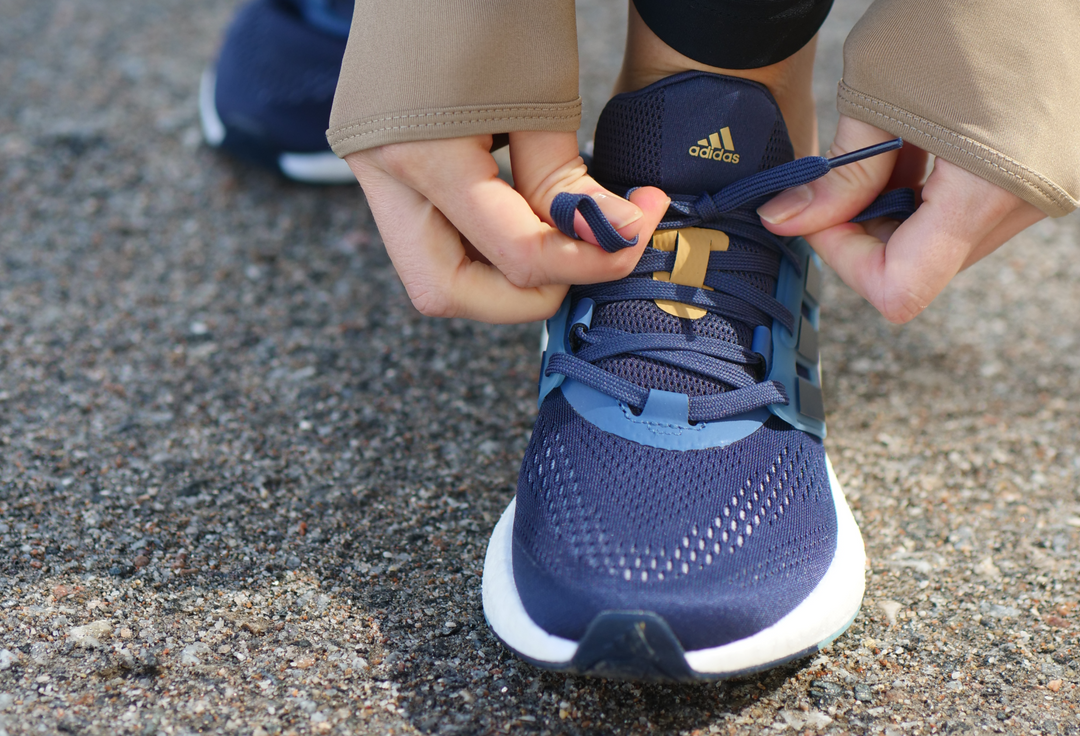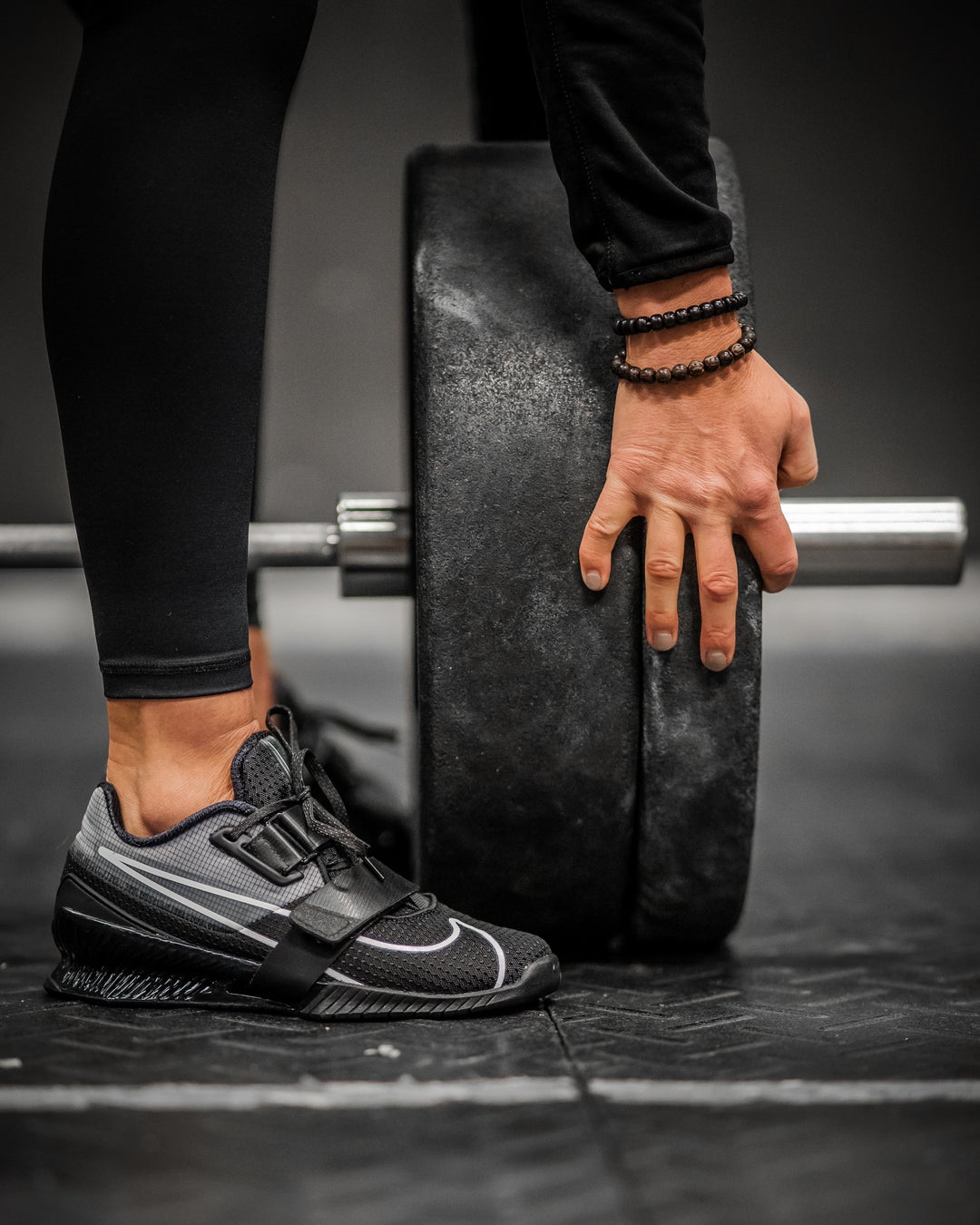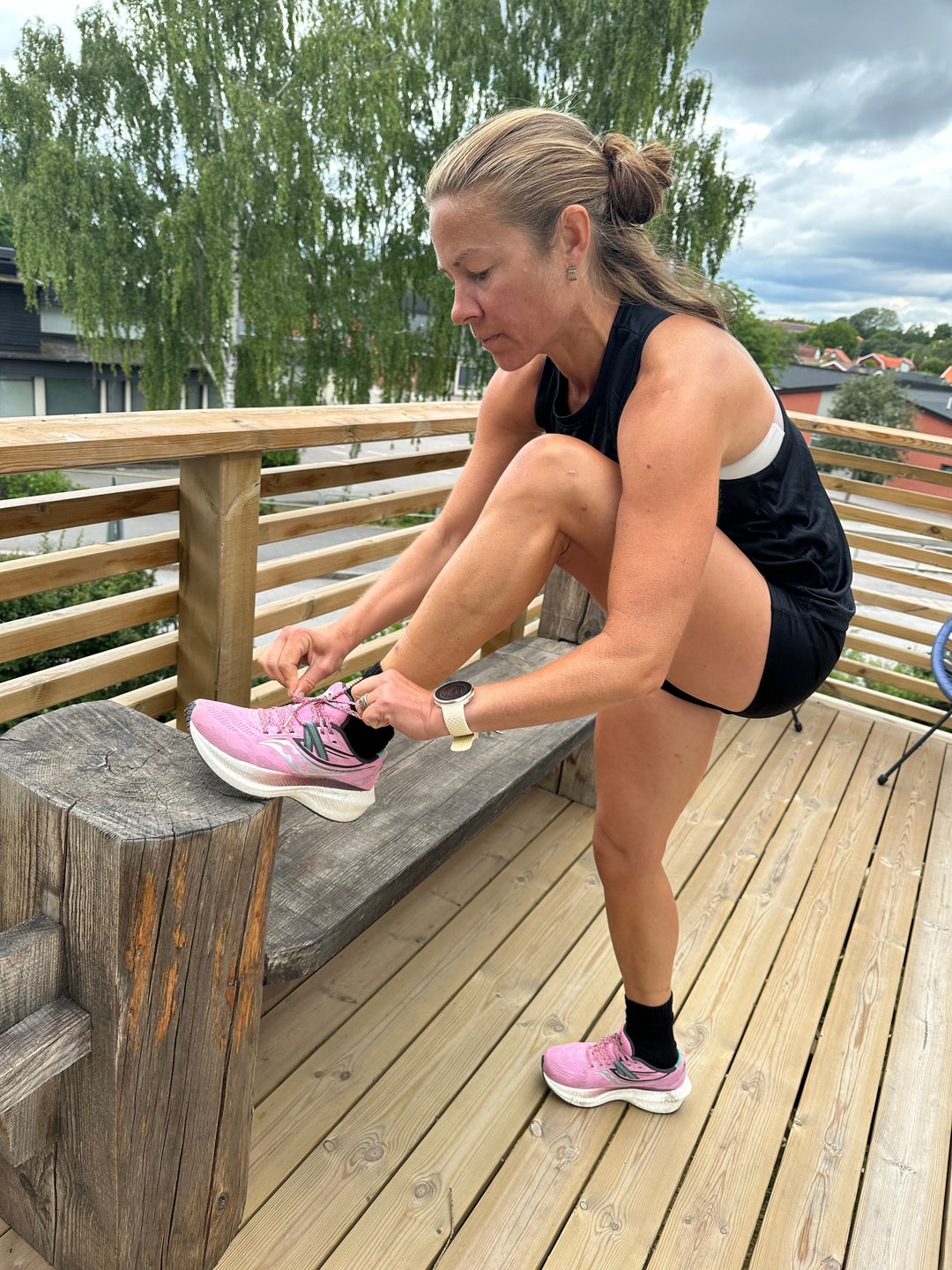How to dress best for a day in the outdoors. We'll guide you through the latest from Kari Traa!
Dressing for the outdoors isn't always the easiest. How warm should you dress? What happens if it starts raining? It does take some planning, but with a few simple tricks even the worst planner can manage. Read through and we'll guide you through the latest from Kari Traa.
Rule number one is of course weather. Stay updated on weather reports and pack accordingly. In addition to quick and unexpected weather changes, your body temperature can also change during a hike or a day in the outdoors. The best way to avoid getting too hot or too cold is to dress in layers - no matter the season. Not only is it practical, but also functional since layering will keep warmth a lot better than just one layer - air between layers isolates your body temperature.
Three layers is a good start and will prepare you for most adventures. First, a base layer that wicks away moisture and keeps you try, then a midlayer to keep you warm. Last but not least, a third and outer layer to protect against rain and wind.
The first layer
The first layer, also known as base layer, is meant to wick moisture from your body as well as isolate your body temperature. For colder days, or days when you're planning on low intense activities (or even standing still) wearing a base layer in wool is recommended. If you know that wool is going to be too warm or if you'll be moving a lot, a thinner, polyester base layer is probably sufficient.
If you're going to be moving a lot, you'll need a technical base layer that breathes well. Avoid cotton if you know you'll be sweating since it'll absorb your sweat and likely make you cold as soon as it dries. Go for synthetic materials instead, such as polyester or polyamid, as these are water proof.
Two spring news with good breathability is Sanne Hiking Tee and Sanne Hiking Long Sleeve.
Midlayer
The second and middle layer is added to make sure you don't get cold. In summer time, or during high intense moving, you might feel that a base layer is enough, but it's always a good idea to pack an extra vest, fleece or a sweater in your backback for when you're pausing or the sun decides to hide between the clouds.
Check out Ane Midlayer and Ane Midlayer Vest - two practical news for this season.
If you're looking specifically for a vest, also check out Sanne Primaloft Vest.
Outer layer
The outer layer should be a garment meant to protect you from rain and wind. Again, plan accordingly to weather reports to know what kind of jacket will suit your adventure. If you're unsure, your go-to is probably a windbreaker that's also water-repellent.
Check out Ragna Jacket. Available in multiple colors!
Nora Jacket is a great classic for the not-to-cold days. Works like a charm when you don't need to worry about sky falls. Versatile since it's also perfect as a running jacket!
MORE: Check out more from collection Nora with all you need for your running or training.
And for your legs...?
Tights or leggings usually works perfeect during all seasons as they let you move freely and are also super light to pack. This spring's news, Ane Hiking Tights and Ane Hiking Capri, both come with pockets in the front and in stretchy, quick drying material.
If you need another layer, or simply something robust, Signe Pant is a great alternative. Signe has a classic hiking pant design and perfect for it's purpose: hiking. With a water-repellent treatment and a 2-way stretch in the material, these can easily be your new go-to. If you want to go for a thinner pair, Nora Pant is the perfect allround pant. They are quick drying, made in stretchy material for flexible and comfortable moving, as well as small to pack.
Didn't find what you were looking for? Explore all from Kari Traa here







